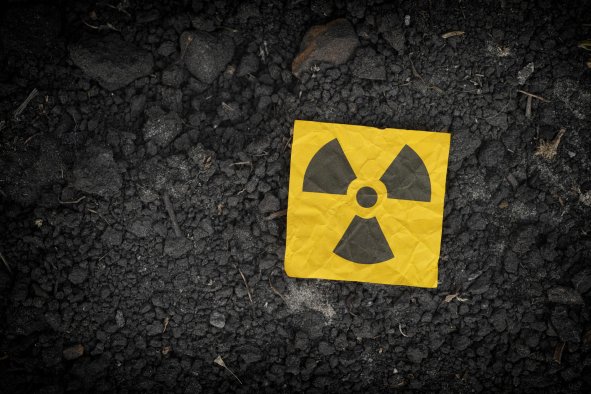Hurricane Helene brought immense volumes of rainfall to the U.S. Southeast as it tore through the region last week, triggering death and destruction in its wake, with more cyclones brewing out in the Atlantic.
At least 133 people have died due to the storm, the Associated Press reports, with over 40 people dying in North Carolina's Buncombe County alone.
This staggering death toll comes as a result of extreme flash flooding across the region, leading to many people becoming trapped in their houses or vehicles as floodwaters rose around them.
A NASA map reveals the scale of the intense and "devastating" rainfall across the Southeast as the Category 4 hurricane passed through Florida and Georgia last Thursday night and moved over the Carolinas into Friday morning.
The map shows the amount of rain that fell across the region between September 25 and September 27, as detected by the IMERG (Integrated Multi-Satellite Retrievals for GPM).
This measure shows that over a foot of rain fell in several places across Florida's Big Bend, where the hurricane made landfall, and across North Carolina, South Carolina, Tennessee, Kentucky, Virginia and West Virginia.
However, the map data may differ slightly from the precise rainfall measurements on the ground in these areas.
Asheville, North Carolina, saw just short of 14 inches of rain in that three-day period, according to the National Weather Service. Other areas across the region saw up to 30 inches of rain between Wednesday and Saturday, which led to catastrophic flooding.
The town of Chimney Rock was "obliterated" by the floodwaters, according to social media users, with roads torn to pieces and houses flooded to the rafters.
"We are devastated by the horrific flooding and widespread wind damage that was caused by Hurricane Helene across our forecast area. There are no words to express our sorrow at the loss of life and incredible impacts to property," National Weather Service Greenville-Spartanburg said in a post on X.
"This is the worst event in our office's history. We want everyone to know that our thoughts and our prayers are with the residents and first responders across the area as we go through this historic event together."
While Helene has since dissipated, the East Coast may be in for another battering as Tropical Storm Kirk moves across the Atlantic.
The storm was upgraded to a tropical storm yesterday and is forecast to become a hurricane before tomorrow morning, strengthening further into a major hurricane by Thursday.
"Maximum sustained winds have increased to near 70 mph (110 km/h) with higher gusts. Additional strengthening is anticipated and Kirk should become a hurricane by tonight, and a major hurricane in a couple of days," the National Hurricane Center said in a public advisory.
Wind speeds are forecasted to reach up to 125 mph in the coming days, making Kirk a Category 3 hurricane, on the brink of a Category 4.
"There is not yet full agreement on the relative roles of natural variability, fossil fuel emissions, and aerosol forcing on the strength of storms that have occurred so far," Mathew Barlow, a professor of environmental earth and atmospheric sciences at the University of Massachusetts-Lowell, told Newsweek.
"There is, however, high confidence that human-caused climate change has already increased the intensity of rainfall in the storms and that these increases will continue to compound until the warming stabilized. Storm surge is also increasing with sea level rise."
However, Kirk may miss the U.S. entirely, as current path forecasts predict the storm will make a beeline northwards. The closer the storm gets to us, the more accurate the forecasts will be regarding where it will end up.
"Kirk is moving toward the west-northwest near 13 mph (20 km/h), and this motion is expected to continue with a gradual turn more northwestward over the next several days," the NHC said.
Two more cyclones may also be growing. One in the Caribbean has a 40 percent chance of becoming a tropical storm in the next seven days. Just behind Kirk, another storm has an 80 percent chance of reaching tropical storm strength in the next 48 hours.
Do you have a tip on a science story that Newsweek should be covering? Do you have a question about Hurricane Helene? Let us know via science@newsweek.com.
Disclaimer: The copyright of this article belongs to the original author. Reposting this article is solely for the purpose of information dissemination and does not constitute any investment advice. If there is any infringement, please contact us immediately. We will make corrections or deletions as necessary. Thank you.



